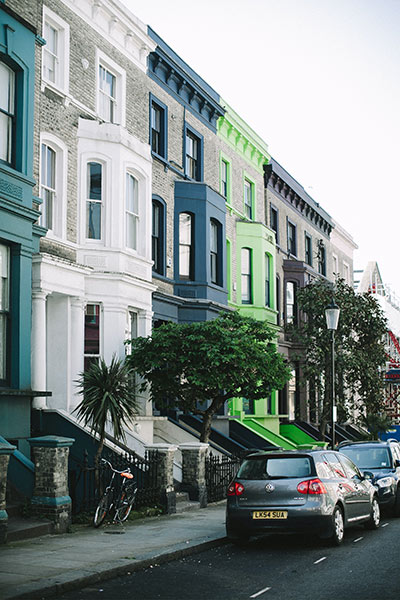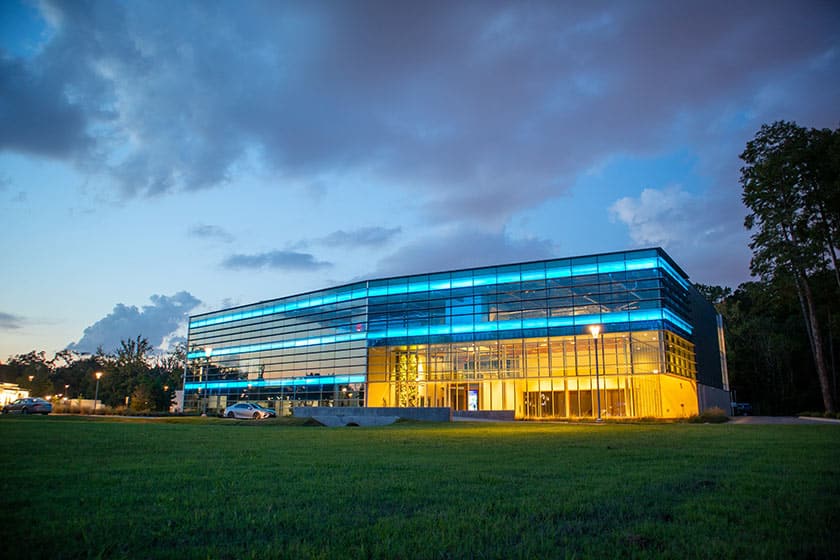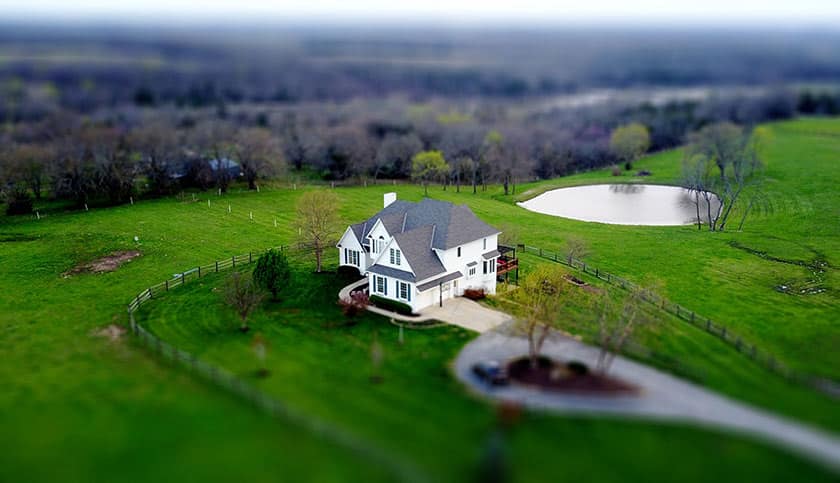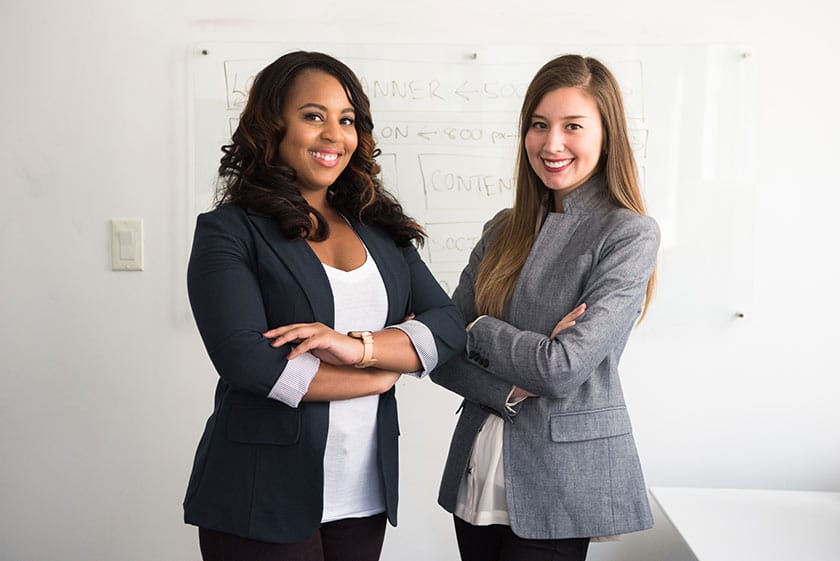Comprehensive Guide to Real Estate Photography
Ready or not, the real estate industry has shifted largely to an online space, breathing life into the industry. As a real estate photographer, you are a crucial part of the sales process. Read on to understand more about what real estate photography involves and how to secure your seat at the table in this niche.
All of the reality TV programs and home reno shows make it look easy, but real estate photography is a demanding profession. Real estate allows you to combine art and business uniquely. While you don’t need specialized training, you do need to have an understanding of your equipment and photographic techniques to take the best photo possible.
Photography school can give you an edge since you will learn all of the ins and outs of photography techniques, processes, and how to set up your business. You can, however, learn everything you need to without enrolling in a formal post-secondary program. There are resources available online that can teach you what you need to get started in this industry.
With real estate photography, professional images keep potential buyers scrolling. The stronger your images are the more leads your real estate photographer will get. This will lead to further work for you when they list new properties.
Take a look through our guide to real estate photography and transform your photography from a hobby to a career.

What is real estate photography?
Real estate photography is a type of photography that focuses on taking images of buildings and structures, both internally and externally. These images are most commonly used by estate agents listing properties for rent or sale and are typically used on websites and in printed brochures or property one sheets. Despite the rise and fall of the real estate market, this genre of photography is constantly growing.
Real estate photography takes the right attitude, and you’ll find that capturing the story of the house will give you a creative edge when photographing many properties. You need to seek out and capture its unique selling point.
Think of single-family homes, condos, townhouses, multi-family homes, luxury homes, or any sort of commercial property.
Real estate photography is not just about clicking the shutter button. It takes preparation, communication with your client (the estate agent or property owner), staging and styling, contract negotiation, and post-production.
Why is real estate photography important?
Real estate photography is an essential part of the real estate industry. High-quality images and videos help property owners to rent or sell, they help buyers to get a sense of a space. And these images ultimately support an important industry.
There are several kinds of real estate- residential, commercial, industrial, and land. Each type will have different requirements for what to showcase and achieve with your images. You should stay up to date on real estate market trends and be familiar with what elements help properties to sell so that you’re helping your clients achieve their goals.
It is a competitive business and it’s some of those extra tactics you can employ that will differentiate you from the competition.
Traditional and specialized real estate photography services.

Residential real estate photography.
Realtors spend a lot of their time writing up property listings, including the property details but also providing photos, videos, 3D tours, and floor plans to market new properties. They need someone who knows the tricks for a perfect photo in their ad campaign. Great photographers will be able to identify the most important aspects of a property, focus on the details and capture unique images that will put this property listing at the top of people’s wishlists.
Residential real estate photography will include all aspects of a home that is intended for human habitation. This will, of course, also cover external elements such as a garden, pool, condo amenities, and even imagery from the neighborhood showcasing nearby facilities like libraries, schools, or community centers. This attention to detail and to capturing more about a property than just the property will mean these listings will get more visibility – they’ll sell faster and for more money. Be prepared to go above and beyond the general expectation – better than average content.
Post-production is an area where you can set your work apart from the competition. Ensuring the scene is clutter-free, well-lit, and inviting is great, but once you bring your images into an editing software you can make your photos shine. Correcting converging upright lines, removing unwanted items or blemishes from the images, and applying your signature toning and coloring will set you apart. Being able to deliver quality imagery will guarantee a stream of repeat clients.
Best practices are wide-angle shots of each bedroom, and all of the other living spaces, such as the kitchen, living room, walk-in closets, deck, etc… Don’t leave any space out!
And always make sure you’re photographing the exterior of the property to show off the curb appeal.

Commercial real estate photography.
Commercial real estate photography plays a strong role in the industry. There’s a different approach to the craft than with residential property, but the end goal is the same – make the property stand out and have a lasting impression to facilitate a sale. The more people who request to see the space, the more offers will come in; and the happier the client will be.
Commercial real estate photography focuses most commonly on storefronts, office spaces, storage areas, hotels, restaurants, and shopping centers. There are endless kinds of clients you could have as a commercial real estate photographer but, as already mentioned, the intent is the same. Capture all aspects of the property, presenting it so it looks flattering and appealing to prospective buyers or tenants.
As a commercial real estate photographer you’re often dealing with larger properties with a more significant price tag and there is an expectation to have state-of-the-art equipment and seasoned experience.
Commercial work is important and in demand, however, compared to residential opportunities there are fewer commercial gigs, so the competition is more fierce.
Commercial real estate can include bare commercial spaces or fully designed interiors with display materials and furnishings. Keep in mind that the mood for a commercial space will be different from residential, focusing on different characteristics. You can include images of the surrounding area, and neighboring properties to give a sense of what’s around.

Drone photography.
Before drone photography, there were helicopters and airplanes capturing properties at high altitudes. These “as seen from above” shots offered stunning views from angles not seen daily, but it was costly and time-consuming. With smaller, and more user-friendly drones it has become a lot more commonplace to have videos and photos of properties from these alternative perspectives.
A drone is an essential tool in residential, commercial, and industrial real estate photography. They are ideal for showing larger properties, capturing smaller homes in subdivisions, and creating fly-through content of a property.
Drones create a way to capture the entire scope of undeveloped land or alternate views of a property. It can take photos and video so your real estate photography offering could grow to be more than just photography. With this technology, a photographer can shoot stunning images from hundreds of feet above the ground. It provides a whole new perspective on what photographers can offer.
There are considerations when using drones. Drone usage in recent years has become more highly regulated due to its misuse causing potential danger to people and damage to nearby property. Always check your regional licensing and usage laws and guidelines. You can become FAA certified to operate drones for commercial purposes. It’s an additional tool in your real estate photographer’s arsenal to set your work apart from the competition.

Aerial real estate photography.
Aerial real estate photography is a very specific niche in the photography space. It requires a good understanding of light, and color, especially when there are atmospheric conditions to contend with, such as haze. Drone photography is a subset of aerial photography which also includes photographing from a crane, helicopter, airplane, or using a telescoping pole.
Aerial photography will prove to be an effective marketing tool for your clients. It provides an alternate perspective, capitalizing on a dynamic, dramatic view of the property while highlighting unique selling points of the property that might otherwise be overlooked.
You can provide better views of gardens, landscaping, pools, full views of highrise buildings, entire neighborhoods… the list goes on.
Aerial photography also allows you to get around objects that may be blocking your view from ground level, like fences or tall shrubbery. A slight shift in perspective can have a dramatic impact.
Aerial photography is becoming more in demand, and estate agents love this different perspective. Adding tools like this to your arsenal skills will be sure to delight your clients and bring in repeat business.
3D and virtual tour photography.
Another resource used for an enhanced buyer experience is 3D photography and virtual tours. With so many online listings it can be difficult to get a sense of a property just from images. Because of this, many customers enjoy online simulations of properties where they can virtually “walk through” the property. This is especially useful if someone needs to tour a property but cannot attend in person, like if they’re moving cross country.
A virtual tour will include all of the details, from the front door to every corner of the property including closets, bathrooms, the attic, and hallways. The 3D tour helps the client to connect with the space and creates a sense of ownership where they can picture themselves in the property. It will also allow the client to experience the space and answer a lot of their questions.
With 3D and VR technology, the client can take in the ambiance of the space without being physically present. Clients can click through the property without distractions, and experience a sense of depth and space. Smooth transitions help to create a superior experience and make 3D tours remarkable.
We recommend photographing the property the same day as you create the virtual tour or complete the property mapping. This will create a consistent look between the images and the 3D tour.

Realtor headshots.
Real estate is an industry that is largely handled face-to-face. Transactions are based on trust, and the relationship estate agents develop with their clients. That relationship will often begin before there is ever a meeting. With real estate agent photography, you’re focusing on portraying the estate agent as someone confident, trustworthy, and approachable. We know not everyone is fond of taking photos which can present challenges when trying to get natural, authentic headshots. As the photographer, it’s your job to try and capture the genuine energy and personality of your client, the estate agent.
Keep in mind as well, regardless of whether you’re photographing a wedding, an engagement, or commercial headshots when you’re working with people one of the most important things to keep in mind is that people will remember how you made them feel. And this feeling shows in the final images. When you deliver amazing results they will tell others about you and word of mouth is an amazing marketing tool.
Of course, you don’t need to rely solely on referrals. An online presence like a portfolio website is also a crucial way to get new real estate headshot clients. Potential clients will gauge your trustworthiness, and competence based on that first online impression. Having a strong portfolio and client reviews will go a long way to achieving this.
When you’re planning real estate headshots, remember you don’t have to stick to a studio space. There are many unique, and beautiful portrait locations to ensure excellent realtor headshots.
Some popular locations for headshots are:
1. In studio: shoot in studio with plain seamless backgrounds. Consider how the images will be used to decide on the background color to use. Shooting in the studio will give you more control over lighting to craft the final look how you want.
2. Natural settings: Getting out of the studio can be a good idea. Take a more organic angle by photographing the headshots in a wooded area, in a botanical garden, or park. These portraits can look inviting and casual.
3. At home: It’s real estate, the business of buying and selling property, so what better place to take the realtor’s headshot than in their own home? They will feel relaxed, and you will be able to create some stunning and authentic portraits.
4. At your home: If you’re just starting you may not have an office or studio space but you can always use your own home as a place to take real estate portraits.
5. The office: Sometimes you may be hired to take headshots for an entire sales team. In this case, it may be more convenient for the office to take photos at their real estate office. Remember when you’re shooting on location you have less control over the lighting, and many offices have very unflattering fluorescent light. Consider bringing your artificial lights and backdrops to achieve a professional set of headshots regardless of the conditions on-site.
6. Cityscape: Placing your subject, the real estate agent, in front of a cityscape or overlooking the town where they work can also be a fun and different approach to headshots.
7. In the city: Similar to the previous idea, photographing your subject in the city, on the high street, in and among the areas where they do business will connect the portrait to the work they do. This can also give authentic expressions and ultimately, very effective final images.
Make sure you also provide appropriate outfit recommendations as well as any beauty, hair, and makeup recommendations. As the client, your subject should be able to represent themselves how they want, but giving guidance will result in better images. Recommend they bring a few outfit changes that they feel confident wearing. Generally, keep colors and patterns simple so they don’t distract from the main subject of the portraits. Your clients will look to you for guidance as a professional who they’ve hired. Make sure you’re communicating effectively, and with confidence, and most importantly, make them feel comfortable.
For more inspiration and to start making your portfolio website visit Zenfolio.
Build an online portfolio website you love.
Put your real estate photography in the spotlight.